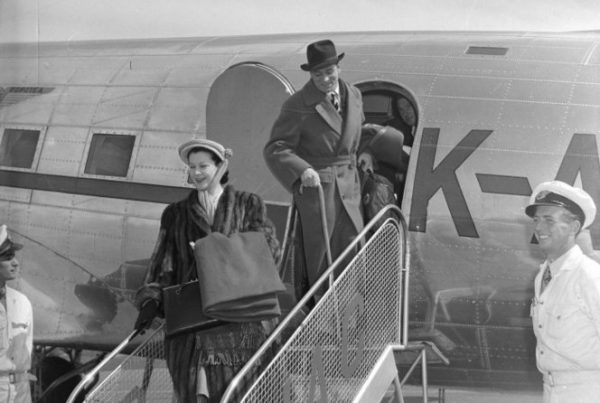
The strike began on the Wellington wharves on 22 October, after a long-running dispute about working conditions. Sympathy for the strikers was strong in the densely populated slums of Te Aro. With large crowds supporting them, the strikers took over the wharves. Soon, the inner harbour was dotted with idle ships at anchor. The strike soon spread to other ports and for a few heady weeks the strikers felt victory was theirs.
In response, the Government mobilised a force of mounted special constables. Many were from the city, but most were farmers, soon to be nicknamed ‘Massey’s Cossacks’. By early November, more than 1,000 specials were camped up at the Mt Cook Barracks. They were well prepared. A Wairarapa newspaper, for example, commented that the Masterton volunteers had left with a good supply of ash wheel spokes, “suitable for batons”, and the Hawera & Normanby Star reported a brisk trade in revolvers before their men departed.
This photograph shows the barracks up on Buckle Street, the base for the strike-breakers. In the background a line of soldiers move into the barracks. They were used for guard duty during the strike. In the foreground are some of the special constables and their horses.
Violence soon erupted. Shortly after they arrived, the specials charged a meeting of strike supporters at Post Office Square. The street fight carried over into Lambton Quay and surged into Whitcombe and Tombs bookshop, breaking windows and overturning stands of books. Over the next few days, there was a battle on Buckle Street when the specials charged a jeering crowd, and another running battle on Featherston Street. In these skirmishes and others, several were injured on both sides, from stones, batons and gunshots.
The strikers were soon on the defensive. They could not stop the specials taking back control of the wharves. Ships began to come and go again. By the end of December, the strike was over.
[info]During October and November the Museum of Wellington City and Sea and the Alexander Turnbull Library are co-hosting a series of talks about the strike. See natlib.govt.nz or museumswellington.org.nz/museum-of-wellington-city-and-sea for event details.
[/info]




